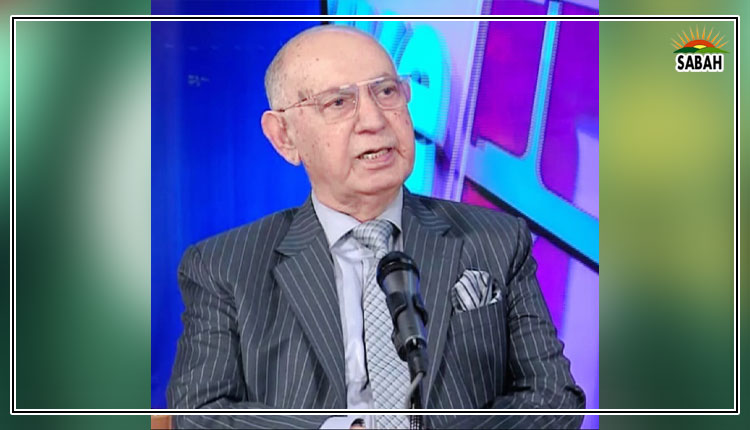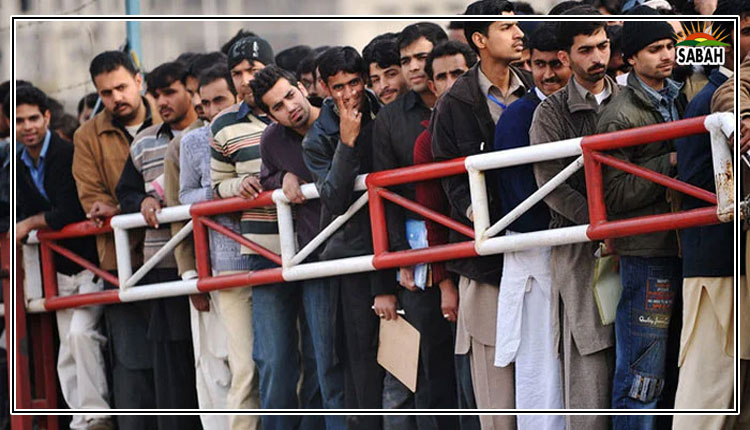Square peg, round hole… Amer Zafar Durrani & Komal Kenneth Shakeel
Pakistans present economic and social machinery from IPPs to BISP lies littered with good intentions gone bad. Giles Firmins The Real Christian has a line which fits us like a glove: Hell is paved with the skulls of great scholars and paled in with the bones of great men.
Bureaucrats and politicians, riding on the shoulders of economists, foreign and local, have been at the core of creating the mostly-mess that is now Pakistan. Now, they are dragging the future of Pakistan, our youth, into this and that too with their outdated socioeconomic thought models.
We were reminded of this, yet again, while attending an econfest in Islamabad. These attempts at involving the youth continue to operate under the assumption that human beings are homo-economicus and not homosapiens. They also fail to understand the present youth of Pakistan. Both these omissions are also apparent in the passionate squabbles on X spaces and other hybrid and physical forums where giants in economics, politics, and bureaucratic governance, often lock horns with the youth and with their demographic-dividend-cheerleaders.
There are institutions that have made an incredible effort towards reviving the culture of academia and bridging the gap between researchers and the junta, to democratize thought. Still, in keeping with our premise, they too are failing to see their vantage point while speaking to the youth and while trying to map their thoughts onto the youth. It is a dangerous game to play. Irritably swatting the opinions of young people like flies in the summer evening by simply saying that they are wrong and prescribing the right behaviour or lens to look at the problem. This is fitting a square peg in a round hole of their perceived solutions mantra.
Youth today, and especially the youth in Pakistan, by and large, are not the youth of yester years most definitely not the baby boomers when they were younger. Cochran and Harpending in The 10,000 Year Explosion: How Civilization Accelerated Human Evolution, demonstrate that humans are becoming less and less adaptive to their environment due to sedentary lifestyles and GMO dominant food chain not that baby boomers were hunter-gatherers, either.
The overarching idea being that our decision-making frameworks are very much a function of our biology and not just our brain. Our behaviours are a function of what we eat, where we live, how much we move and how we manage our thoughts.
The current generation of Pakistani young people have nutritional deficiencies, sedentary lifestyles, short attention spans, much more emotional awareness, while being flooded with social media. Their decision-making frameworks, drivers of motivation and work ethics are also different. Recipes that may have worked fifty years ago will not work now, as many parents of this generation can testify.
This is common sense to most people except for mainstream macroeconomists who have developed a condition called physics envy and keep trying to fit things into their econometric equations neatly. However, the independent variables affecting the dependent evolution of youth seem to not fit neatly with their egotistical regression models and are thus swatted away.
Daniel Kahneman defines System 1 as amygdala, emotions, subconscious mind and System 2 as prefrontal cortex, critical thinking mind, and conscious mind. Our fraternity of Pakistani and gora economists and policymakers ignore the fact that our youth make more decisions with System 1 than System 2 and keep designing programmes and policies that are nothing more than the proverbial shooting from the hip. No wonder we are struggling with the socioeconomic morass in our country from education and health to energy to productivity and more.
Today, for us in Pakistan, it is doubly important, when it comes to designing interventions, policies, curricula, and strategies for our youth. Pakistan currently holds one of the highest proportions of young people in any country, per the UNDP National Human Development Survey. Sixty-four per cent of our population is below the age of thirty while twenty nine percent are between the ages of 15 and 29 years. We continue to snub their opinions and expression of emotion at public forums and support from the cohort of octogenarians who want to allow voicing of opinions according to a fixed menu not considering that the youth dividend will turn into a youth disaster, if it has not already.
With our new thought leader, the honourable Stefan Dercon, now in Pakistan and tasked with the job to fix it all, time has come for a multidisciplinary discourse and to shed the banal argument about behavioral insights being unsuitable to scaling up.
We need to move towards tailored policy options for communities and locales read: union councils and districts. We need to stop paying lip service to local governments and rather see these as the centers of power and the universities for social, economic, and political discourse.
Courtesy The News












